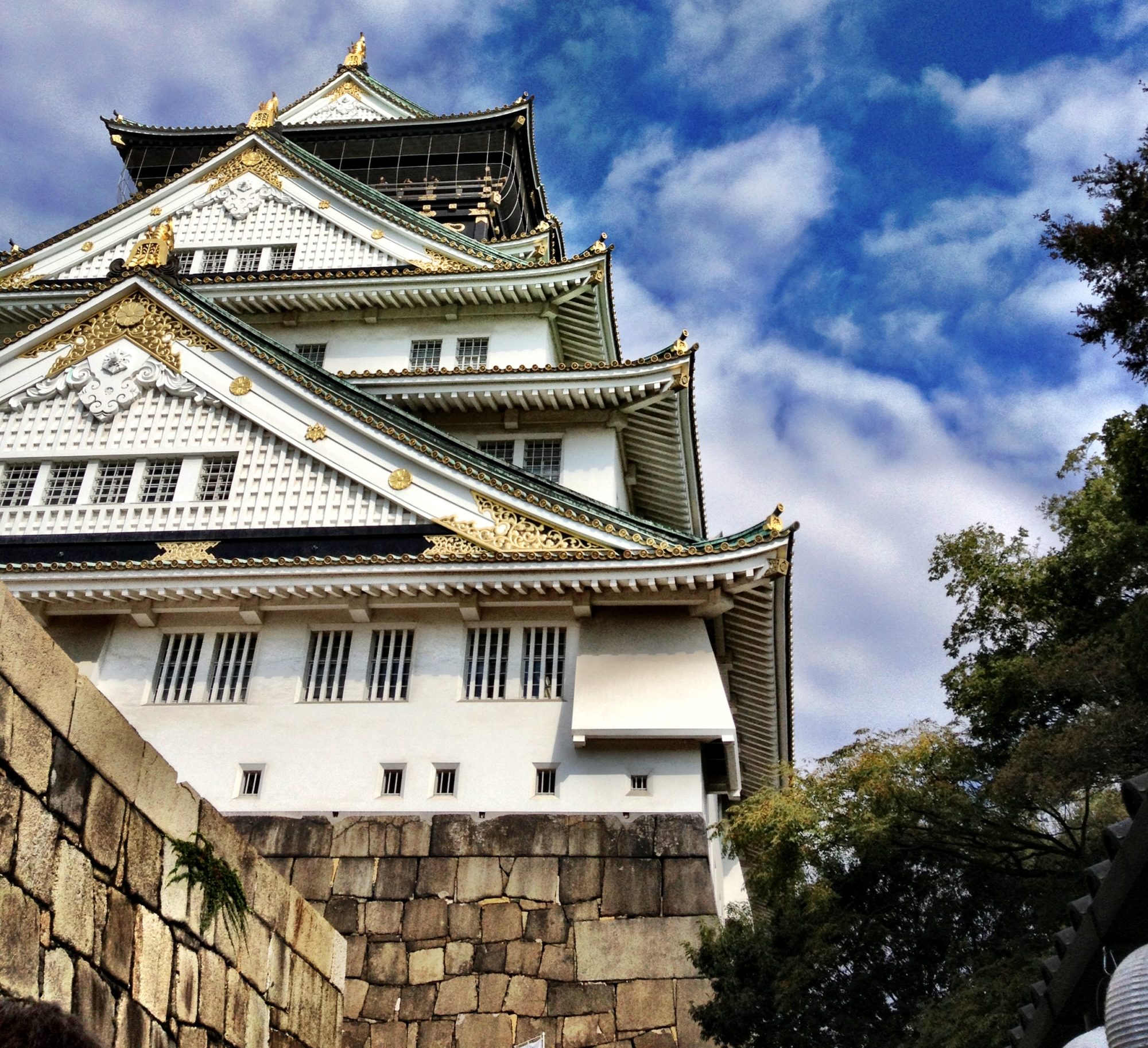I have recently returned from MediAsia 2012, prosthesis an annual conference dedicated to media studies, held every year in Osaka, Japan. Organized by IAFOR, one of Asia’s think tanks, the conference gathered more than 120 participants from over 20 countries in the world, many of them from North America, Asia and Europe.
The keynote, offered this year by Thomas Endres from the University of North Colorado, framed the conference nicely speaking about the many challenges educators and students alike face in the multi-channel and always connected world of digital media. He suggested courage and curiosity as means of discovery and mastering these new technologies as we mastered all others in the past.
The paper that I delivered, co-authored with my colleague Dr Georgiana Grigore, looked at the uses of social media by Pfizer, one of the biggest pharmaceutical companies of our time. Our study, exploratory, aimed to identify how the different national representations of Pfizer in Europe use social media, as a means of discovering their function for the company’s communications. Using the mission and vision of the company as a start, we then employed a click by click methodology combined with a communication social media audit and content assessment to identify such uses.
Some of our findings indicate that Twitter is the favourite platform of communication, yet overall less than half of Pfizer’s European-based offices use any social media channels. When used, the channels support corporate communications and at times share corporate social responsibility and human resources related messages. While the messages are similar, showing the existence of a common strategic direction, their formulation, timing and format are different indicating that the countries have control of the channels. Still, the little dialogue and engagement that exists with the accounts (the foller.me and mentionmapps of each twitter account as well as the statistics of the youtube channels and facebook pages – see the Prezi for more details and numbers) indicates perhaps a higher desire for control of the messages, a rather poor promotion of the accounts or a genuine lack of interest on the part of the public.
All these aspects would have to be investigated further however some hypotheses to explain these results could be proposed so far. While the social media accounts are linked both from Pfizers main website as well as from each country website, we have not yet identified any communication efforts to make the presences more visible – as in promoting and integrating the accounts beyond the website. The lack of visibility might also explain the little interaction on the accounts, with only a limited number of people following or friending the content that the accounts produce. With you people to interact with, the amount of interaction can only be limited. While it could be argued that this brings to the accounts the people that are really motivated and interested into the content they share and therefore reduces any communication risks to a minimum, one has to wonder why would the each of the Pfizer offices undertaking communication efforts online would invest the time and resources in them when the return of information and interaction is so small.
The control of the messages would be expected for accounts where there is a strong corporate presence and direction as corporate communication strategies are usually associated with careful planning and timing. While such strategies ensure coherence, clarity and variation in messages, they also reduce the amount of real-life like communication. A question therefore emerges from here of whether corporate communication planning is incompatible with social media and its more dynamic and instantaneous character.
For Pfizer it is a good start into the use of social media with some examples of good practice and good netiquette. Our plan is to continue to look into their online communications as a way of exploring how big companies, pharmaceutical ones included, tackle the challenges of new media.
——–
For those of you interested in the photos I took while in Japan, please check out my Flickr collection.
